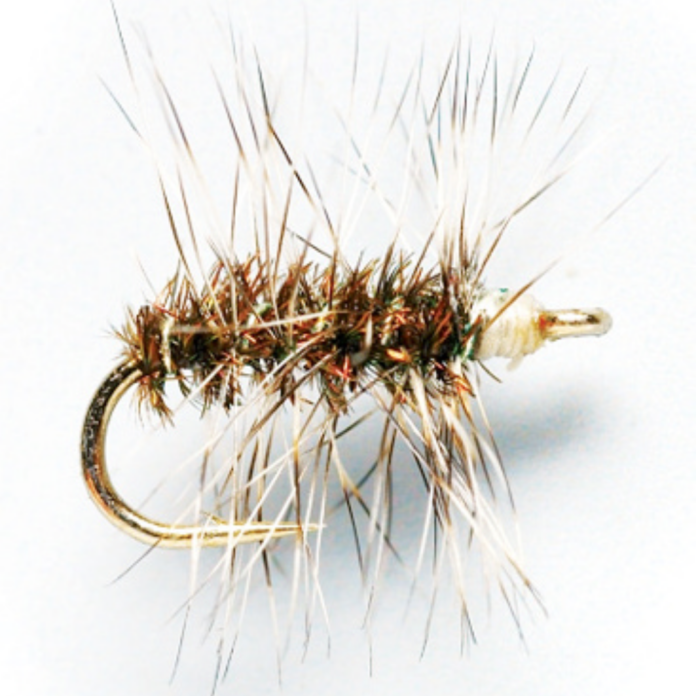The Ausable Wulff

This member of the Wulff series of flies is named after the most famous angler of this century, Lee Wulff, who was born in Alaska in 1896. One day, in the 1930s, Lee became quite upset when a friend of his was fired from his job just a few weeks from retirement. Wulff, who was a commercial artist at the time, told his boss what to do with his job. “I never wanted to compete for money again,” he later said.
He spent that summer camping in a Small camping Trailer out on the Esopus Creek in the Catskills. One night, during a hatch of the mayfly known as the Dark Hendrickson, he tied a fly using a bushy deer-hair wing instead of the less buoyant wood duck feathers of the standard Hendrickson pattern. The new fly, the Gray Wulff, worked well in the high and roily water, and a new style of dry fly was invented.
Related Articles:
-
Fly Tying Guide for Beginners (with Pictures)
-
Fly Fishing Tips: Dry Flies
-
A Wet Fly Quick Introduction
-
Successful Fishing with Dry Fly Tactics
-
What is Dry-Fly Fishing?
The Ausable Wulff, a variation on the same theme, is lighter in color than the Gray Wulff, and we find it to be an excellent prospecting fly (one you use to search the water when no fish are rising). It works especially well in riffly pocket water. It is usually recommended to carry an assortment of these Wulffs in sizes 12, 14, and 16.
The Griffith’s Gnat

The hook of the Griffith’s Gnat Fly is wrapped with a body of peacock herl (fibers of the “eye” of a peacock plume) and a palmered, small hackle from a grizzly rooster (which has multicolored feathers of white, black, and gray).
To the fish, we think that all those neck fibers sticking out must make the Griffith’s Gnat look like a buzzing little bug. We’ve used this fly for gnats, tricos, midges, and ants. It is one of those flies that fish often take even though they may be bigger than the natural insect on the water. Sizes 16–22.
One word of tying advice: This is a small fly, so be very sparse in your use of thread.









